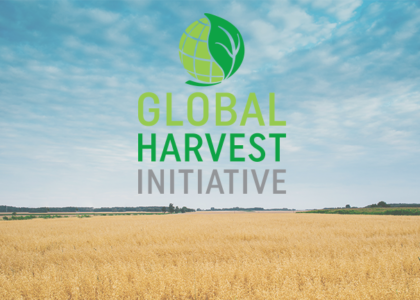
https://www.facebook.com/GlobalHarvestInitiative
The growth rate of agricultural productivity in the world has not reached optimal levels and if this trend doesn’t change, the world might not be able to produce the food, fiber and biofuels required by a rapidly-growing world population.
This was one of the most important conclusions of the Report on the Global Agricultural Productivity, prepared by the organization Global Harvest Initiative (GHI).
GHI published its seventh annual report on this issue, entitled Sustainability in an Uncertain Season. According to the study, global agricultural productivity must increase 1.75% per year to meet the needs of a population estimated to be 9,700 million in 2050. The annual assessment of global productivity growth of the GHI shows that the current growth rate is 1.73%.
But improving the agricultural productivity isn’t enough to produce more or achieve higher yields. It’s important to also maximize the use of natural resources and reduce the impact on them.
Among other factors, when the agricultural productivity increases, the cost per production’s unit is reduced, which helps producers to be more successful, and food gets more economical.
The analysis indicates that Latin America and especially Argentina, Brazil, Paraguay and Uruguay are some of the world’s largest net exports areas of agricultural products. These countries, and others in the same region, can increase sustainable productivity to supply food and other goods needed by the world population.